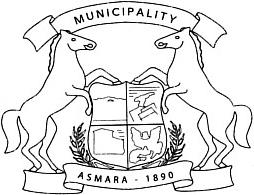History of Asmara
Although it would be easy to think of Asmara, the Eritrean capital, solely as an Italian built colonial city, its origins actually reach back some 700 years. Originally, it is said, there were four clans living in the Asmara area on the Kebessa Plateau: the Gheza Gurtom, the Gheza Shelele, the Gheza Serenser and Gheza Asmae. Encouraged by their women, the men united the four clans and defeated the bandits who preyed on the area. After the victory, a new name was given to the place, Arbaete Asmara which literally means, in the Tigrinya language, "the four are united." Eventually Arbaete was dropped and it has been called Asmara, though there is still a zone called Arbaete Asmara. Another legend tells that in this region the Queen of Sheba gave birth to the son of Solomon, Menelik I.
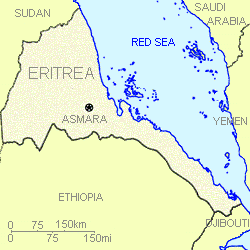
Asmara was made the capital city of colonial Eritrea in preference to Massawa by Governor Martini in 1897. The city therefore bears many traces of the Italian colonial area: in its infrastructure, its architecture and some culinary traditions. Asmara is by far the largest city in Eritrea, with a population of some 800,000. Asmara sits atop (2,350m) the Eritrean highlands on the eastern edge of the escarpment.
Unlike many of the other towns in Eritrea it is relatively undamaged, the Ethiopian forces having fled the city without fighting a full-scale battle at the end of the war. Under thirty years of Ethiopian occupation, the city was allowed to deteriorate, but it still retains its essential beauty and since coming under Eritrean control in 1991 it has been undergoing a rapid improvement in infrastructure, building repairs and repainting.
The day begins early in Asmara with the first call to prayer of the muezzin from the tower of Asmara ’s main mosque. Not long afterwards the massive bells of the Catholic Cathedral chime the beginning of the Christian day while the Orthodox Church celebrates its early morning mass.
Asmara is possibly the safest African capital for travelers. It is one of the cleanest cities in Africa. The streets are elegantly lined with palms and a string of boutiques, coffee-shops and restaurants reminiscent of southern Italy.
Starting from 1999, I visited Asmara on a yearly basis, and I walked through the city almost every day. I experienced its beauty, both its tranquility and its activity, the hospitality and the friendliness of its people. I have tried to catch the images of these walking tours in a set of 200 pictures and a brief description, as a tourist, for future tourists and visitors to Asmara Eritrea.
© 1999 - 2012 - Hans van der Splinter
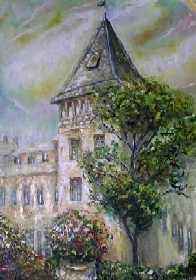
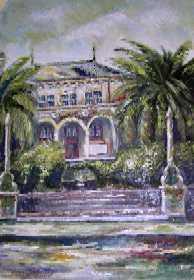
Hamasien Hotel 1920 Asmara theatre 1925 Courtesy Sweet Asmara Caffee - Harnet Avenue Asmara
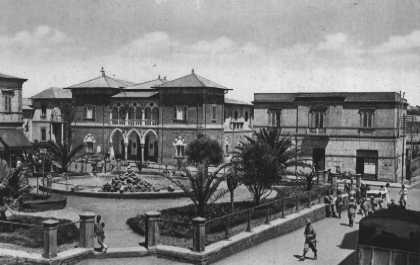
Piazza Roma Asmara - Bank of Italy (1926)
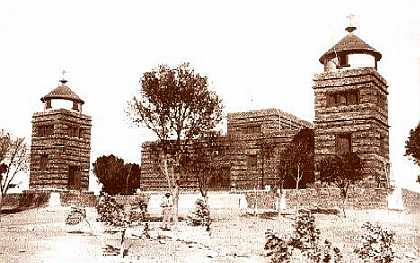
Nda Mariam Asmara (1930)
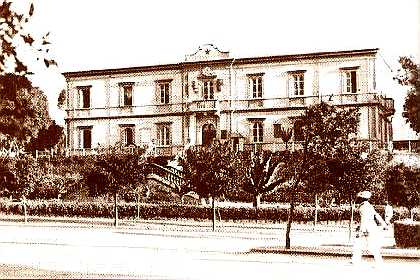
Troop Command Headquarters (1936)
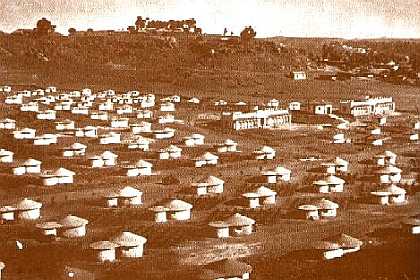
Village of 'Maria Scalera', Acria - Asmara (1939)
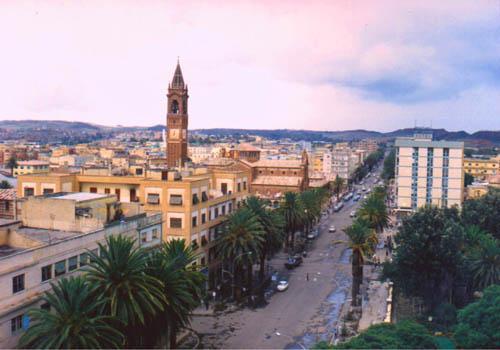
View over present-day Asmara.
Zeymawi - Ab Asmara
